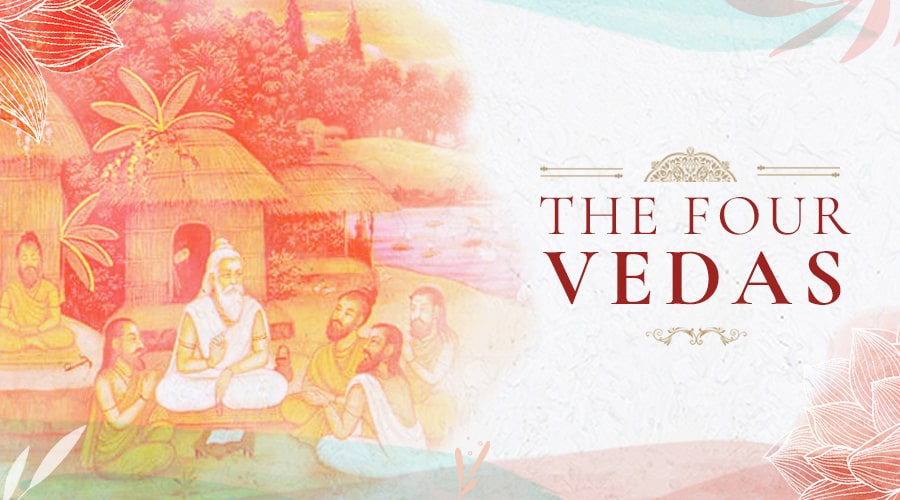The Four Vedas
The Vedas are the origin and source for most ancient Indian philosophies and religions. These texts do not favor any particular culture or religion and therefore these philosophies keep inspiring people from different backgrounds, religions and belief systems. More and more people are getting attracted to the Vedas as the time test wisdom has proven their validity even in today’s modern times.
The Vedas are ancient and sacred texts that have been written from timeless philosophies and by the ancient teachers. The knowledge they carry originates from oral transmissions of enlightened people thousands of years ago. The Vedas were put in written form around 5500 years ago. The Vedas reveal their wisdom and philosophies by means of nature. The Vedas reveal answers about purpose and role of all existence. They also give information on living the life in tune with nature to achieve long lasting happiness, health and peace.
There are four Vedas:
1. Rig Veda
2. Sam Veda
3. Atharva Veda
4. Yajur Veda
The Four Stages of Life
Vedas recommend four stages of life for meaningful life. These stages ensure proper evolution and maximum benefit out of human life.
- Brahmacharya (1-25 years): One should follow the stage of Brahmacharya till the age of 25 years. In this stage one should be a diligent student and spend his time in studying and learning. He should restrain from all indulgences like taste, sleep and sex.
- Grahastha (26-50): This is the stage which one should spend as householder acquiring wealth, enjoying pleasures and social life through honest means and hard work. One should marry, earn money, contribute to society and raise children.
- Vanprastha (51-75): In this stage one should start living in seclusion with basic lifestyle renouncing all the pleasures and possessions of materialistic nature. One should start living in nature with his wife. The goal is to master five senses through basic living and secluded life.
- Sanyaas (76 onwards): At this stage one should give up all the possessions and attachments and become an ascetic. He can either join a Sangha or become a wandering monk.
During the our 200 hour Yoga Teacher Training we will give multiple lectures and information about the Vedas.

Discover yoga philosophy principles to boost your happiness
Get free access to a life-changing series of 6 webinars with Arhanta Yoga founder Ram Jain

